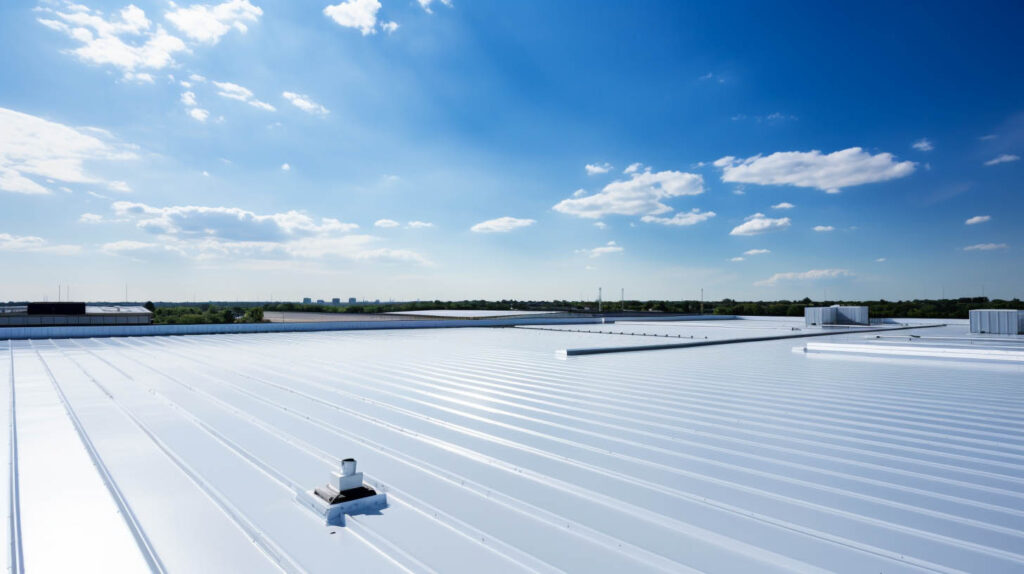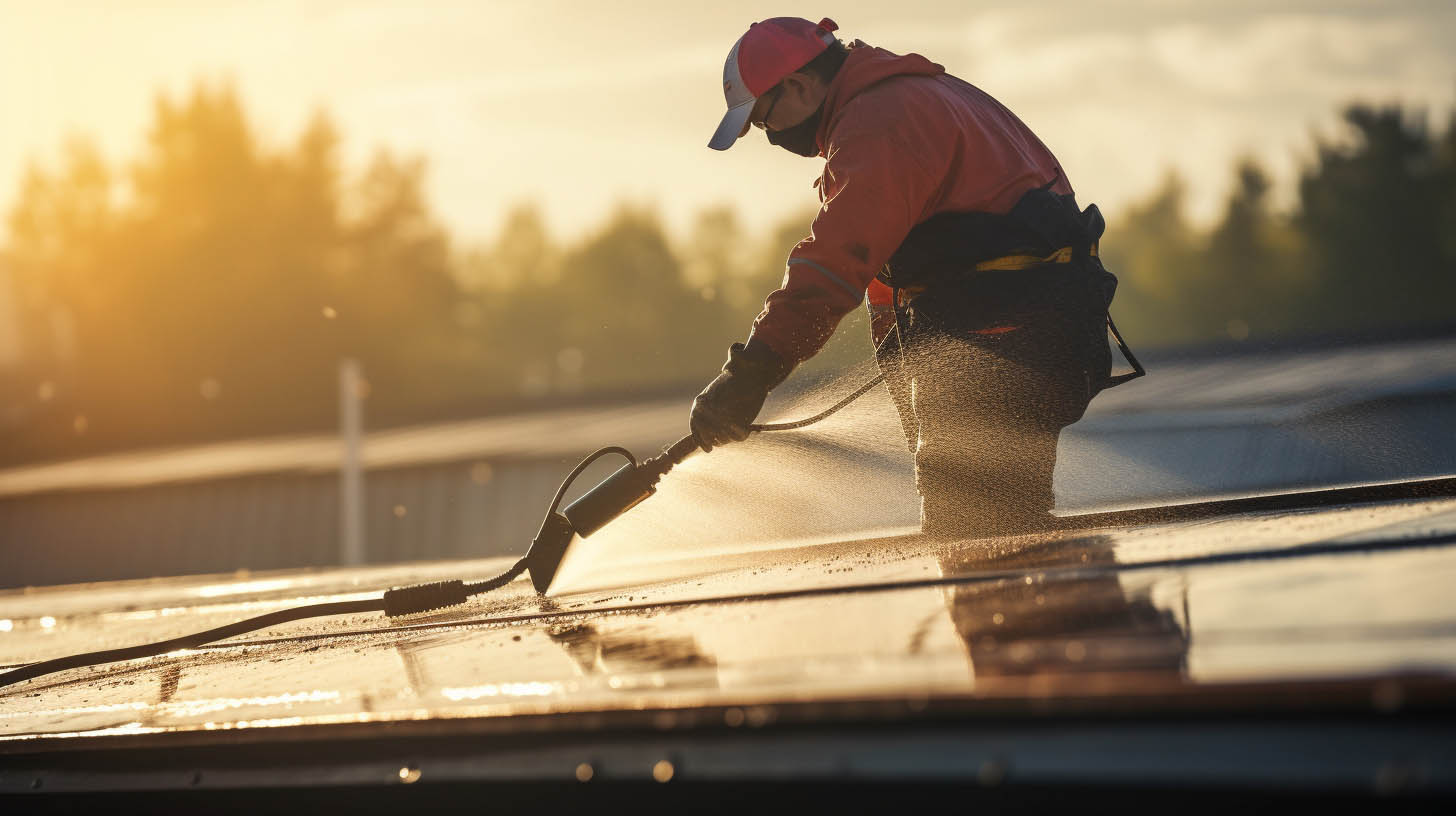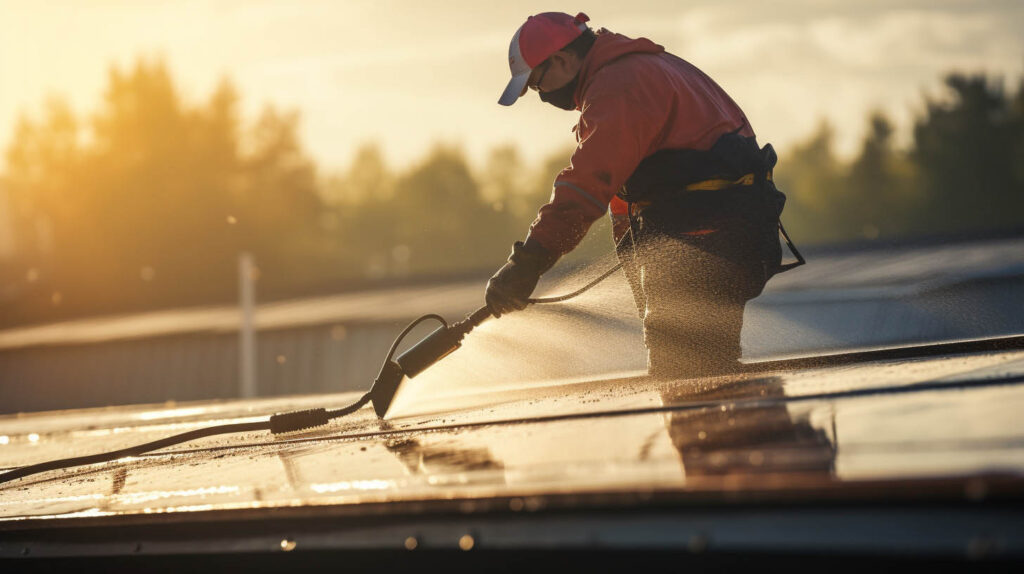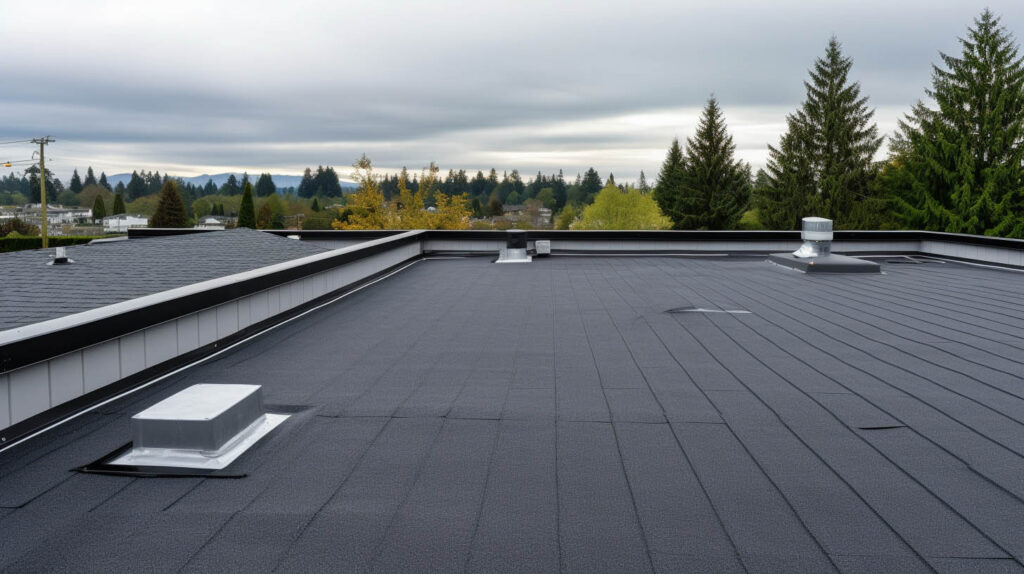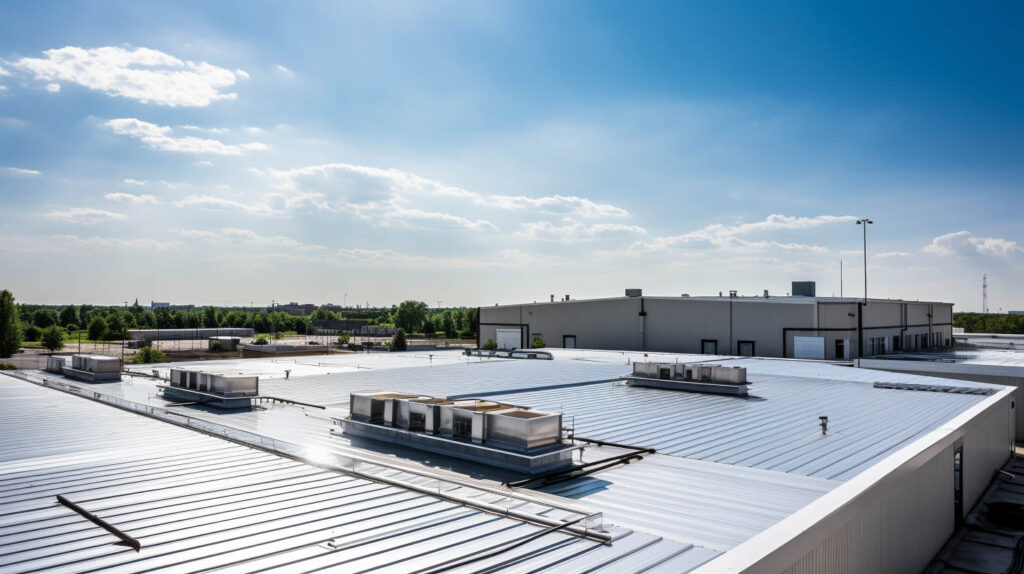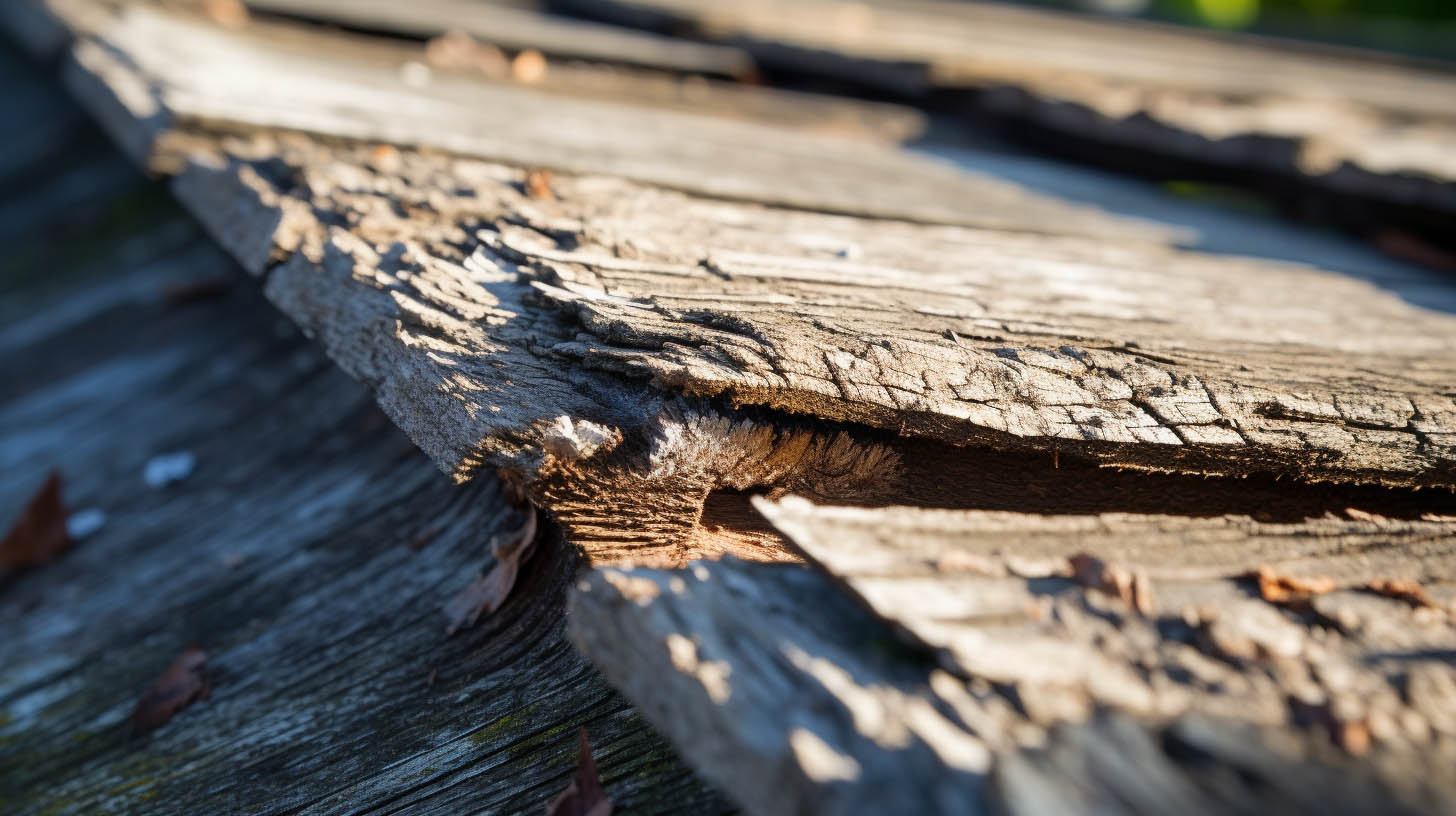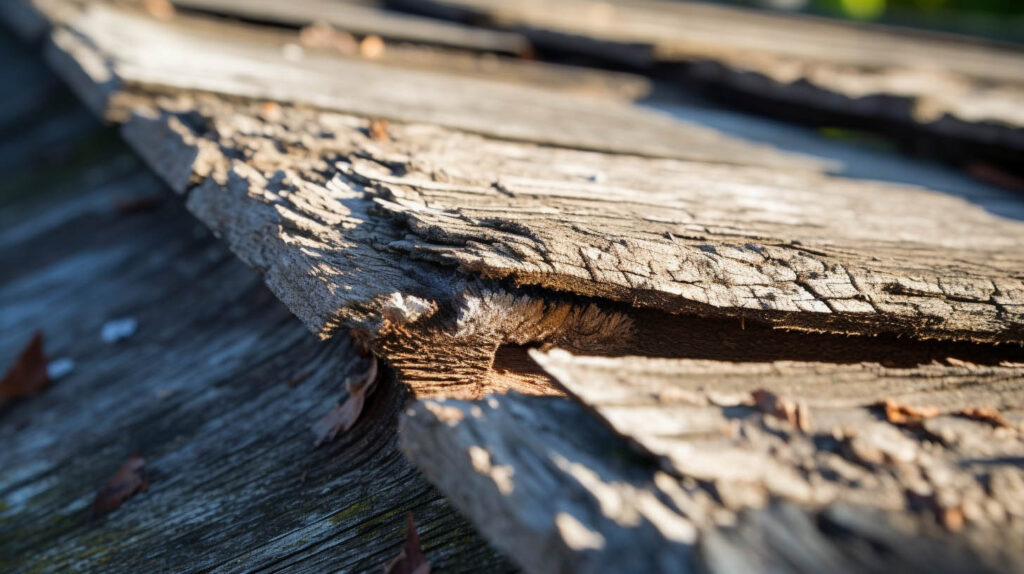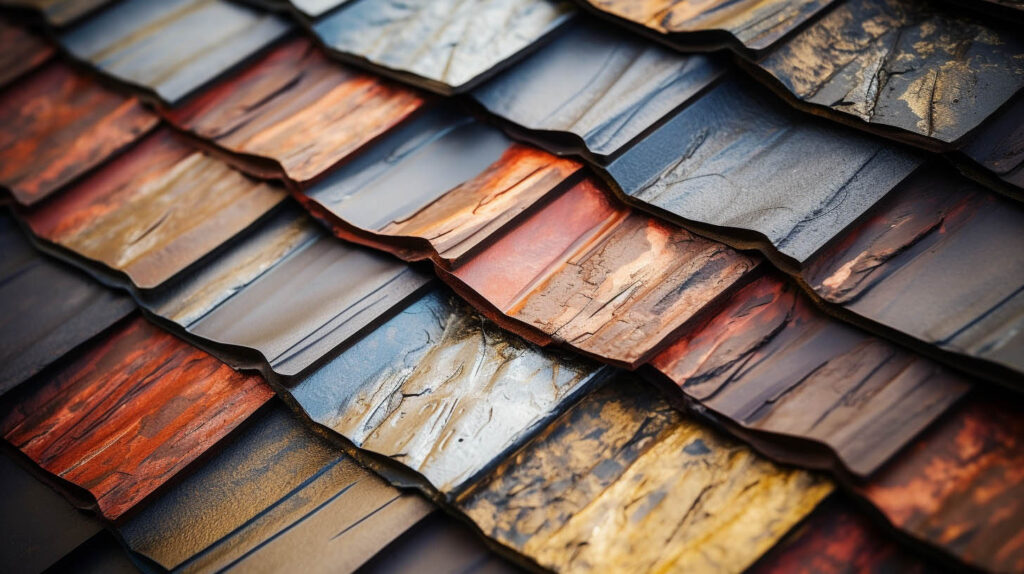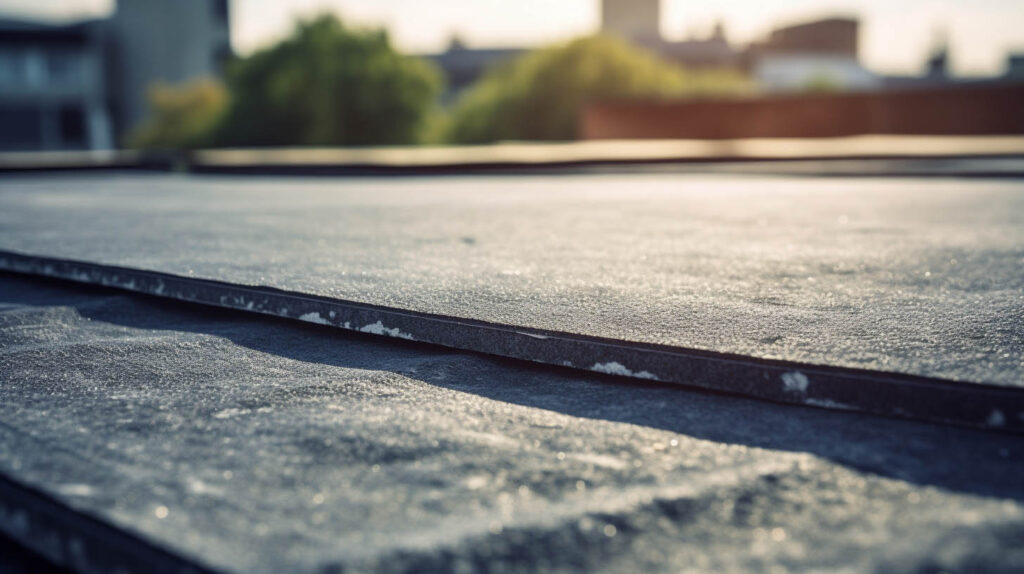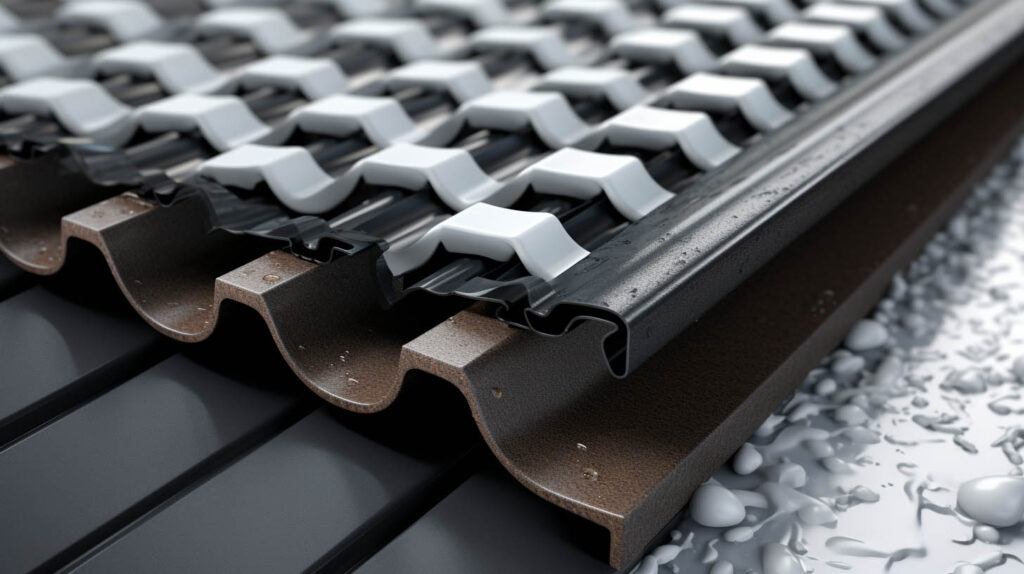
Unveiling the Best Material for Roof Drainage
In the quest for durable and efficient roofing solutions, the choice of material for roof drainage systems stands paramount. Roof Repair Specialist, a leading roofing company, emphasizes the importance of selecting the right material to ensure longevity and performance. This article delves into the most effective material for roof drainage, tailored to meet the needs of modern structures.
The Superiority of Aluminum in Roof Drainage
Aluminum emerges as the frontrunner in roof drainage materials. Its lightweight nature, coupled with exceptional durability, makes it an ideal choice for both residential and commercial properties. Unlike heavier materials, aluminum offers ease of installation without compromising on strength. Its resistance to corrosion and rust is a significant advantage, especially in areas with variable weather conditions.
Advantages of Aluminum Drainage Systems
- Longevity and Durability: Aluminum withstands harsh weather conditions, from scorching heat to freezing temperatures, without succumbing to wear and tear.
- Aesthetic Appeal: Available in various finishes, aluminum enhances the visual appeal of any property.
- Eco-Friendly: Being recyclable, aluminum is a sustainable choice for environmentally conscious homeowners and businesses.
Customization and Installation: A Roofing Contractor’s Perspective
Roof Repair Specialist, known for their expertise in roofing in Los Angeles, highlights the customization options available with aluminum. The material can be shaped and sized to fit specific roof designs, ensuring a perfect fit and optimal functionality. Professional installation by experienced roofing contractors in Los Angeles is crucial for maximizing the efficiency of aluminum drainage systems.
Ensuring Optimal Performance
- Professional Assessment: A thorough evaluation of the roof structure is essential before installation.
- Precision in Installation: Expert installation guarantees the longevity and effectiveness of the drainage system.
- Regular Maintenance: Routine checks and maintenance by a Los Angeles roofing contractor can extend the life of the drainage system.
Aluminum vs. Other Materials: A Comparative Analysis
When compared to other materials like vinyl, steel, or copper, aluminum stands out for its cost-effectiveness and performance. While copper offers a unique aesthetic, its cost can be prohibitive. Steel, though strong, is prone to rust if not properly treated. Vinyl, being less durable, may not withstand extreme weather conditions as effectively as aluminum.
Key Comparisons
- Cost-Effectiveness: Aluminum provides a balance between affordability and quality.
- Weather Resistance: Superior to other materials in resisting weather-related damages.
- Aesthetic Flexibility: Offers more finish options than most alternatives.
Conclusion: The Optimal Choice for Roof Drainage
In conclusion, aluminum is the ideal material for roof drainage systems, offering a blend of durability, aesthetic appeal, and cost-effectiveness. Roof Repair Specialist recommends aluminum for its adaptability to various architectural styles and its long-term benefits. Choosing the right material, coupled with professional installation and maintenance, is crucial for ensuring the efficiency and longevity of your roof drainage system.



